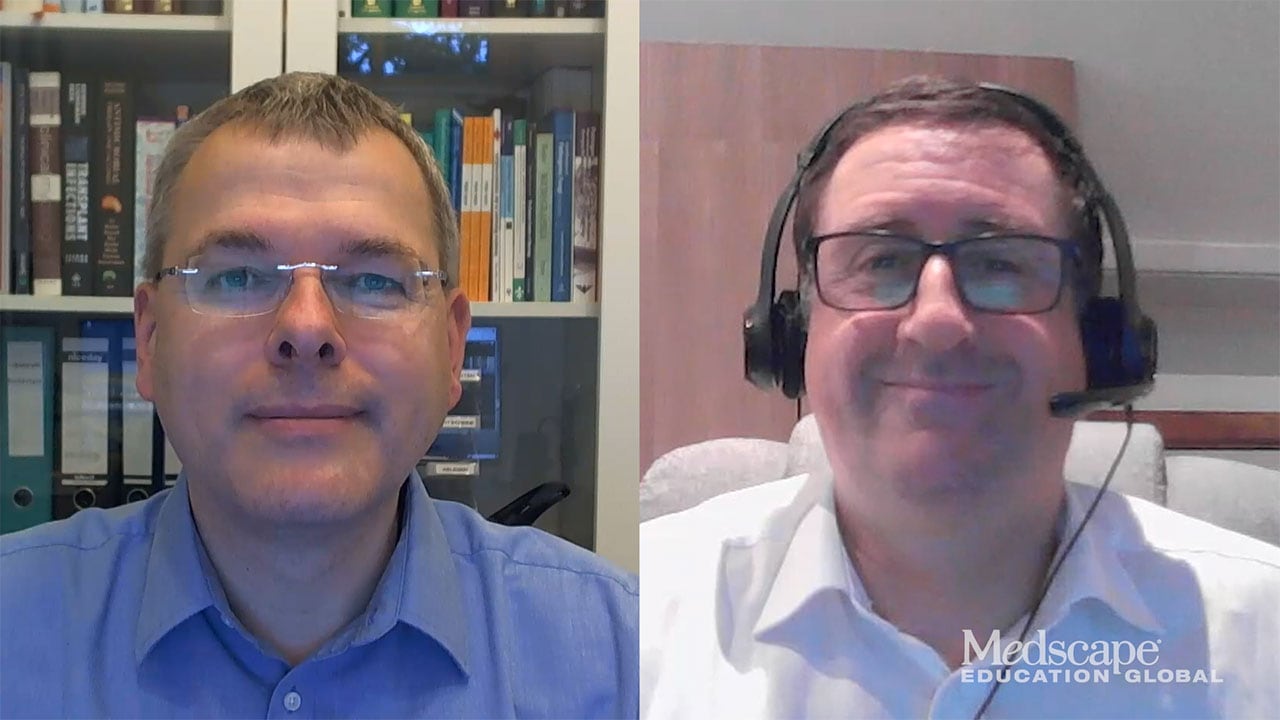Conclusion & Future Perspective
Simple, robust, rapid and cheap diagnostics are mandatory for guiding early antifungal therapy and for sufficient patient management. Most diagnostic approaches are still in their infancy, suffering either from long-lasting protocol, poor specificity and/or poor sensitivity. These obstacles, in combination with the elusive clinical signs and symptoms of mucormycosis, often lead to false or delayed diagnosis. Millon et al.[74] report that the causative agent was detected up to 18 days before the appearance of first clinical symptoms and up to 69 days before the histological proof of an infection. Screening interventions are designed to identify disease early, thus enabling earlier intervention and management in the hope to reduce mortality. In contrast to screening tests, diagnostic tests are applied on patients that show clinical signs and symptoms for a fungal infection. In addition, diagnostic tests (for identification of the causative agent of mucormycosis) were published that have the potency to be integrated into routine diagnostics in reasonable time. According to the authors' opinion, the RT PCR assay followed by HRM analysis (published by Hrncirova et al.[76]) is among the most promising ones published so far.
The population at risk for this life-threatening fungal infection is growing worldwide, and tackling the challenges of these pathogens should become a high priority. A combined strategy of conventional and new diagnostic assays is desirable to guarantee a profound management of mucormycosis. Such approaches include awareness of clinical signs and symptoms associated with IFI, therapeutic gaps of the various antifungal drugs, knowledge on local epidemiology, implementation of blood screening tests, application of microscopy, culture, antigen tests and/or molecular approaches to detect and identify the causative agent of infection, imaging procedures (MR, CT), and antifungal susceptibility testing.
Financial & competing interests disclosure
In the past 5 years, C Lass-Flörl has received grant support from the Austrian Science Fund (FWF), Astellas Pharma, Gilead Sciences, Pfizer Schering Plough and Merck Sharp & Dohme. She has been an advisor/consultant to Gilead Sciences, Merck Sharp & Dohme, Pfizer and Schering Plough. She has been paid for talks on behalf of Gilead Sciences, Merck Sharp & Dohme, Pfizer, Astellas Pharma and Schering Plough. M Lackner has received travel support from Astellas and has been paid by Forest Pharma for a talk. The authors have no other relevant affiliations or financial involvement with any organization or entity with a financial interest in or financial conflict with the subject matter or materials discussed in the manuscript apart from those disclosed.
No writing assistance was utilized in the production of this manuscript.
Future Microbiol. 2014;9(5):683-695. © 2014 Future Medicine Ltd.








